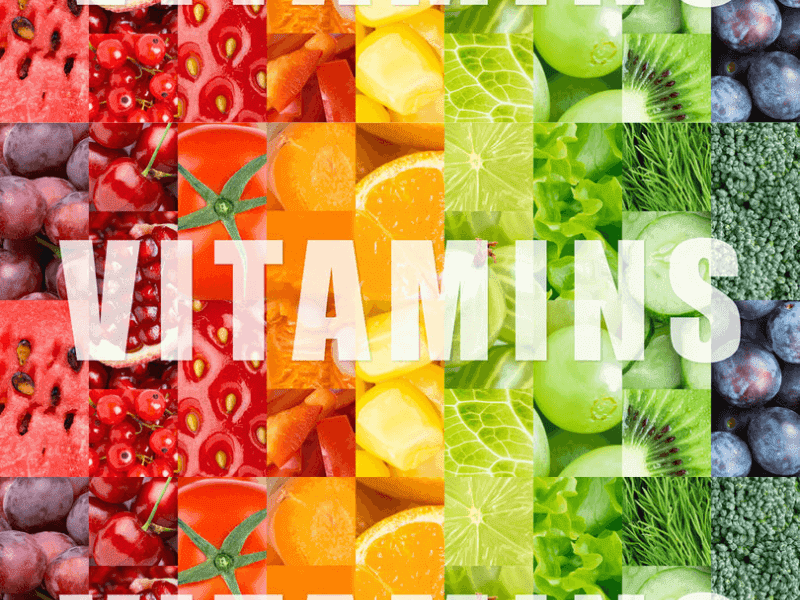Is Rice Gluten Free? A Complete Guide for Gluten Sensitivity

Is Rice Gluten Free? A Complete Guide for Gluten Sensitivity
Is Rice Gluten Free? Gluten is a protein found in wheat, barley, and rye. For individuals with gluten sensitivity or celiac disease, consuming gluten can trigger adverse reactions, ranging from digestive issues to skin problems and fatigue. Therefore, it’s crucial for those with gluten sensitivity to identify gluten-free foods to maintain their health and well-being.
What is Gluten Sensitivity?
Gluten sensitivity, also known as non-celiac gluten sensitivity (NCGS), is a condition characterized by adverse reactions to gluten ingestion in individuals who do not have celiac disease or wheat allergy. While the exact mechanisms of gluten sensitivity are still under study, symptoms can include bloating, diarrhea, abdominal pain, fatigue, headaches, and joint pain.
The Gluten-Free Diet: Importance and Challenges
For individuals with gluten sensitivity, adopting a gluten-free diet is essential to alleviate symptoms and prevent long-term health complications. However, adhering to a gluten-free diet can be challenging due to the widespread presence of gluten in many processed foods, sauces, and condiments. Therefore, it’s crucial to understand which foods are safe to consume and which ones should be avoided.
Rice: A Gluten-Free Staple
Rice is a naturally gluten-free grain that serves as a safe and versatile option for those avoiding gluten. Whether it’s white rice, brown rice, or wild rice, all varieties of rice are free from gluten, making them suitable for individuals with gluten sensitivity or celiac disease. Additionally, rice is widely available, affordable, and easy to incorporate into various dishes.
Benefits of Rice for Gluten-Sensitive Individuals
In addition to being gluten-free, rice offers numerous health benefits that make it an excellent choice for individuals with gluten sensitivity:
- Easy to Digest: Rice is gentle on the digestive system, making it suitable for individuals with sensitive stomachs or digestive issues.
- Rich in Carbohydrates: Rice is a rich source of carbohydrates, providing the body with a steady source of energy to fuel daily activities.
- Nutrient-Rich: While white rice is more processed than brown or wild rice, it still contains essential nutrients such as manganese, selenium, and magnesium.
- Versatile: Rice can be used in a wide range of dishes, including stir-fries, soups, salads, and desserts, making it easy to incorporate into any meal plan.
Types of Gluten-Free Rice
White Rice
White rice is the most widely consumed type of rice worldwide. It undergoes milling to remove the outer bran layer, resulting in a polished, white appearance. With a mild flavor and soft texture, white rice serves as a versatile staple in many cuisines, including Asian, Latin American, and Mediterranean dishes.
Brown Rice
Brown rice retains its outer bran layer, giving it a chewier texture and nuttier flavor compared to white rice. This whole grain variety is rich in fiber, vitamins, and minerals, including magnesium and B vitamins. It offers greater nutritional benefits due to its intact bran and germ layers, making it a popular choice among health-conscious consumers.
Basmati Rice
Basmati rice is a long-grain rice variety renowned for its distinct aroma and delicate flavor. Cultivated primarily in the Indian subcontinent, particularly in India and Pakistan, Basmati rice elongates upon cooking and remains separate and fluffy. Its fragrant aroma adds depth to dishes such as biryanis, pilafs, and curries, making it a preferred choice for special occasions and festive meals.
Jasmine Rice
Jasmine rice, also known as Thai fragrant rice, is another aromatic long-grain rice variety favored in Asian cuisine, particularly in Thailand, Cambodia, and Vietnam. It boasts a subtly floral aroma and a soft, slightly sticky texture when cooked. Jasmine rice pairs well with spicy and flavorful dishes, serving as a perfect accompaniment to curries, stir-fries, and grilled meats.
Wild Rice
Despite its name, wild rice is not technically a true rice but rather the seed of aquatic grasses native to North America. With its dark, elongated grains and chewy texture, wild rice offers a unique culinary experience. It has a rich, nutty flavor profile and is prized for its nutritional value, being high in protein, fiber, and essential nutrients like manganese and phosphorus. Wild rice adds depth and complexity to dishes such as salads, soups, and pilafs, making it a popular choice for both savory and sweet applications.
Cooking Tips and Recipes for Gluten-Free Rice Dishes
To make the most of rice in your gluten-free diet, consider the following cooking tips and recipes:
- Perfecting Rice Cooking: Rinse rice before cooking to remove excess starch and achieve fluffy grains. Use a ratio of 1:2 (rice to water) for white rice and 1:2.5 for brown rice. Cook covered over low heat until tender.
- Stir-Fry: Create a delicious gluten-free stir-fry by sautéing your favorite vegetables, protein (such as tofu or chicken), and cooked rice in a gluten-free sauce made from tamari or coconut aminos.
- Rice Salad: Make a refreshing rice salad by combining cooked rice with diced vegetables, herbs, and a zesty vinaigrette dressing. Add protein such as chickpeas or shrimp for added nutrition.
- Rice Pudding: Indulge in a comforting dessert with gluten-free rice pudding. Simmer cooked rice in coconut milk or almond milk with sweeteners like honey or maple syrup until creamy. Serve warm or chilled with a sprinkle of cinnamon.
Alternatives to Rice for a Gluten-Free Diet
While rice is a popular and versatile gluten-free grain, there are other options to explore for variety and nutrition:
- Quinoa: Quinoa is a gluten-free pseudo-grain that is high in protein and fiber, making it a nutritious alternative to rice. It has a slightly nutty flavor and can be used in salads, pilafs, and breakfast bowls.
- Millet: Millet is a gluten-free ancient grain that is rich in nutrients like magnesium, phosphorus, and antioxidants. It has a mild flavor and fluffy texture, making it suitable for pilafs, porridges, and baked goods.
- Buckwheat: Despite its name, buckwheat is not related to wheat and is naturally gluten-free. It is high in protein and fiber and has a rich, nutty flavor. Buckwheat can be used in dishes like porridge, pancakes, and soba noodles.
Conclusion
In conclusion, rice is a gluten-free staple that offers a wide range of benefits and versatility for individuals with gluten sensitivity or celiac disease. Whether you prefer white rice, brown rice, or wild rice, incorporating this nutritious grain into your diet can help you enjoy delicious and satisfying meals without worrying about gluten. Additionally, exploring alternative gluten-free grains like quinoa, millet, and buckwheat can add variety and nutrition to your gluten-free diet. By making informed choices and getting creative in the kitchen. So you can embrace a gluten-free lifestyle while still enjoying flavorful and wholesome meals.
You may also like: Bowel Cancer Stomach Noises: Unlocking the Mystery


























































